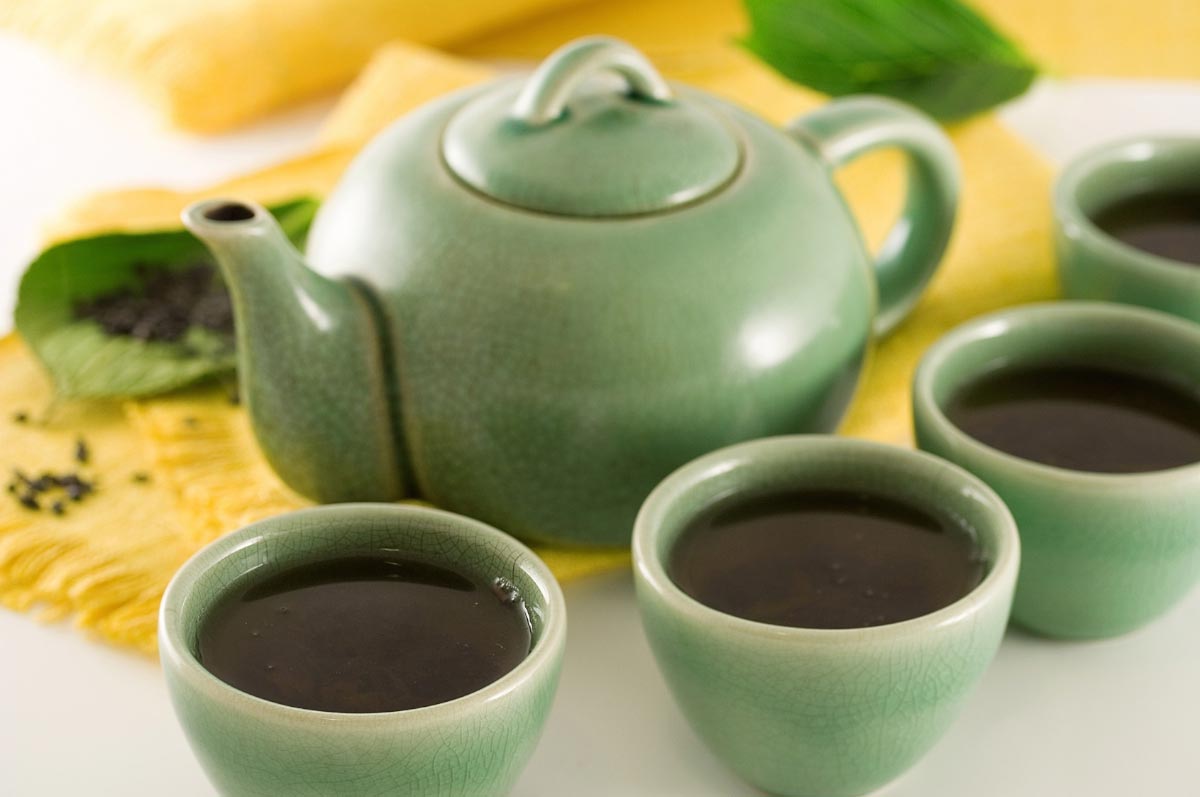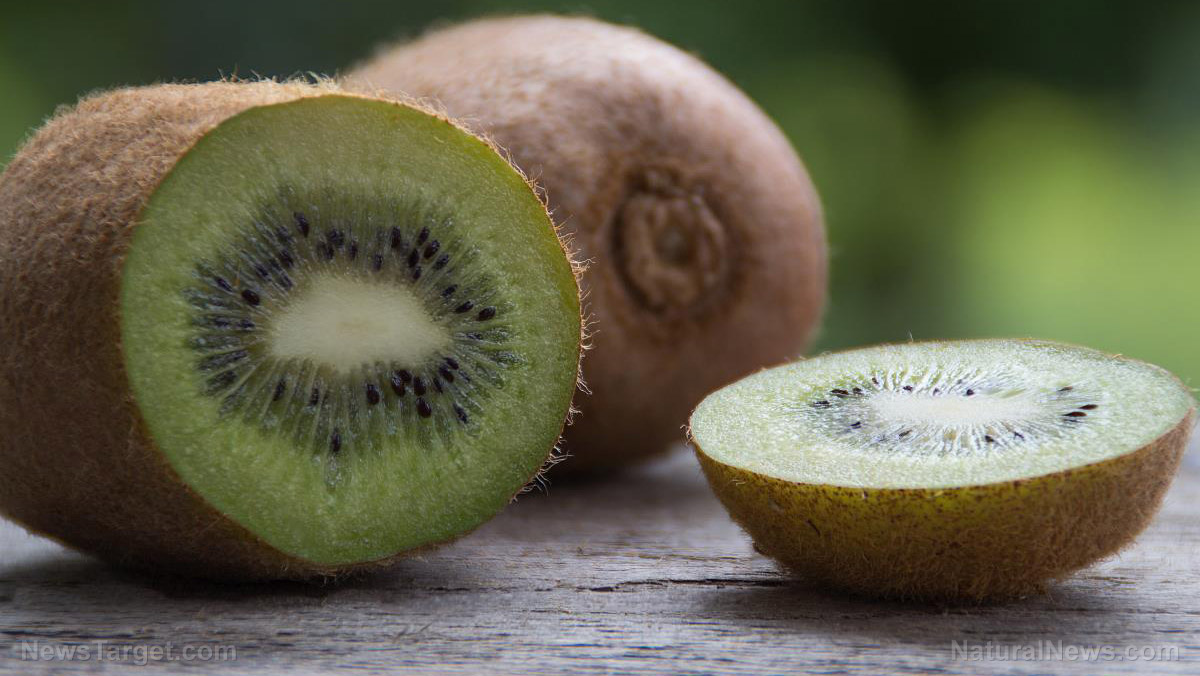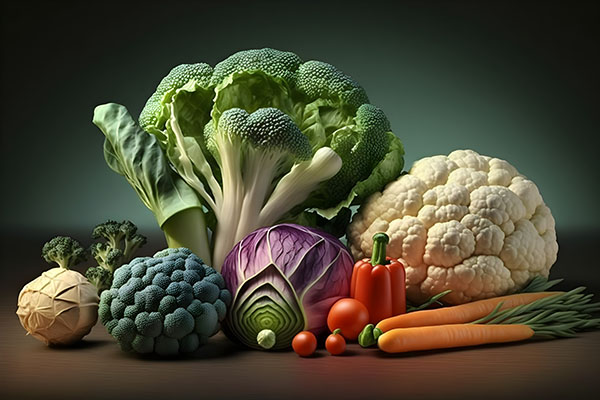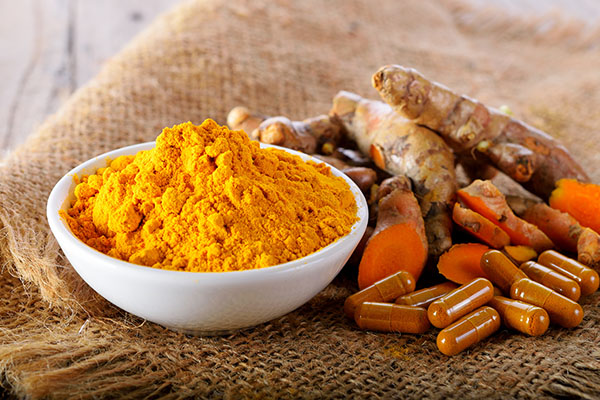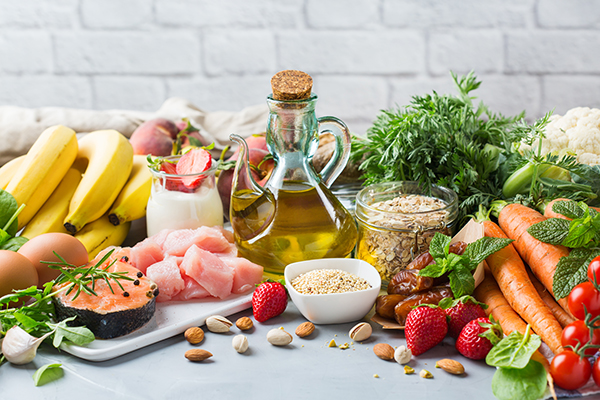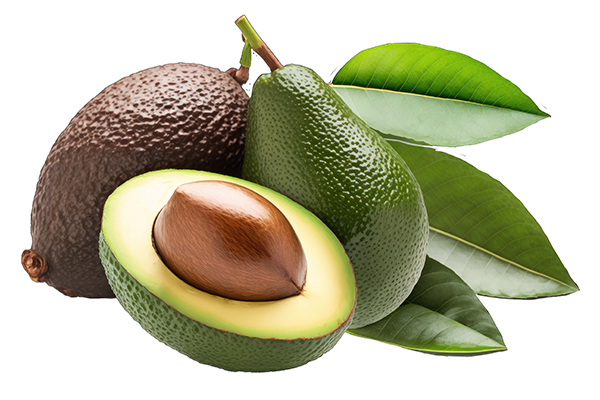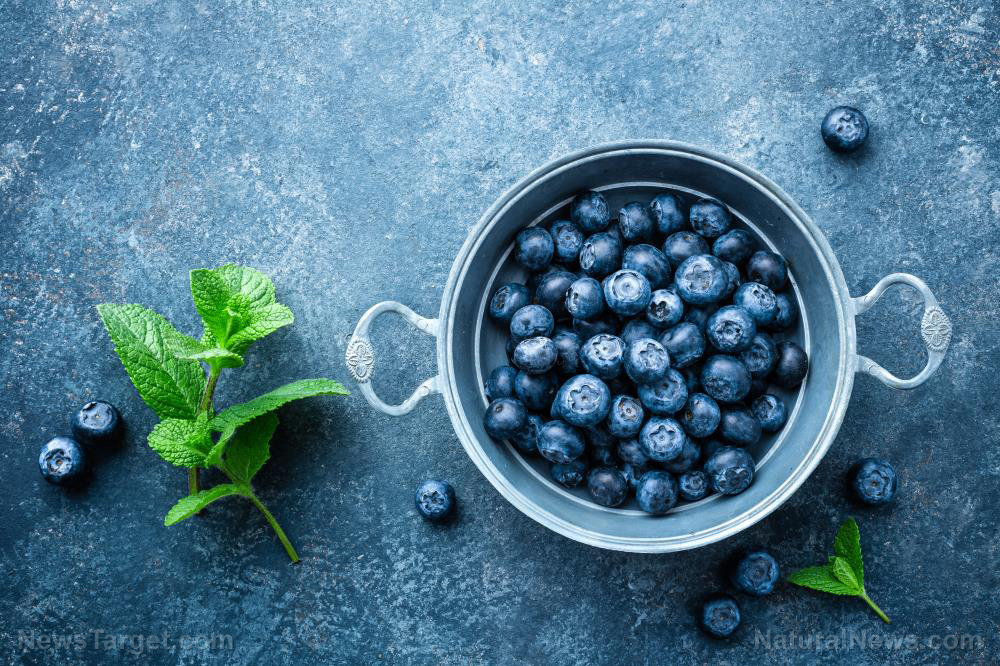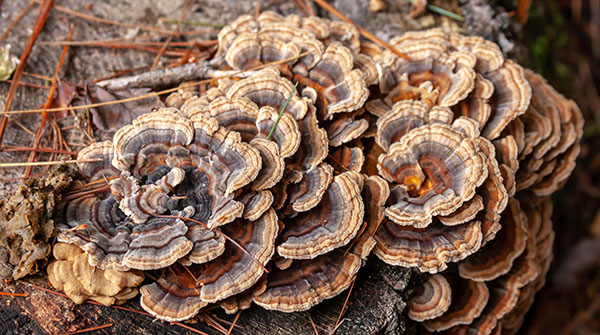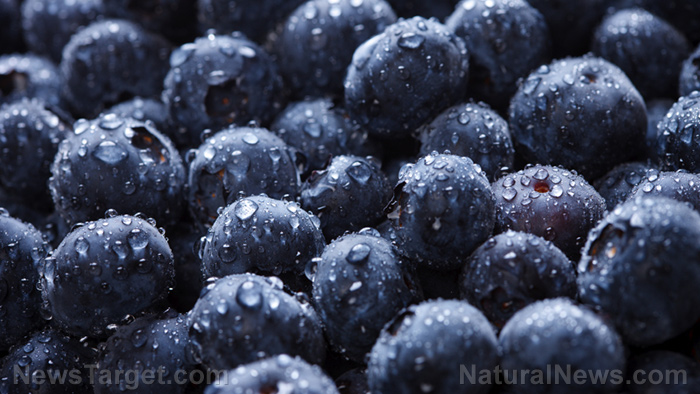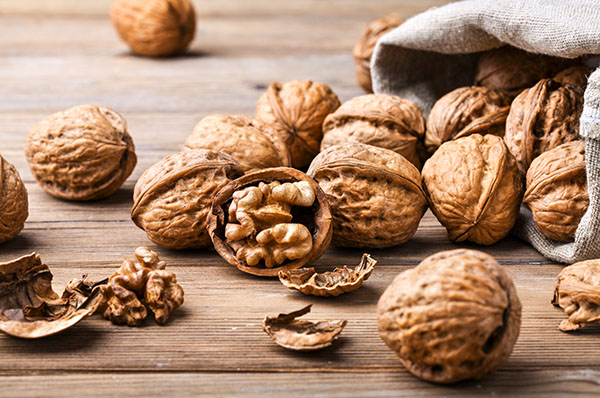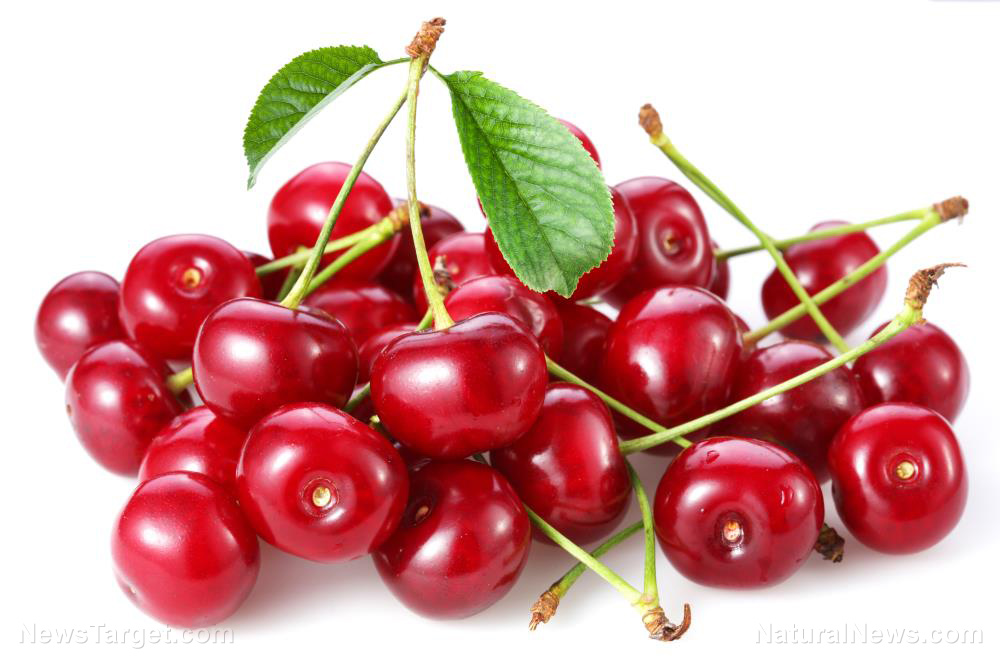The ANTIBACTERIAL potency of honey: A natural alternative to prescription antibiotics
09/26/2023 / By Olivia Cook
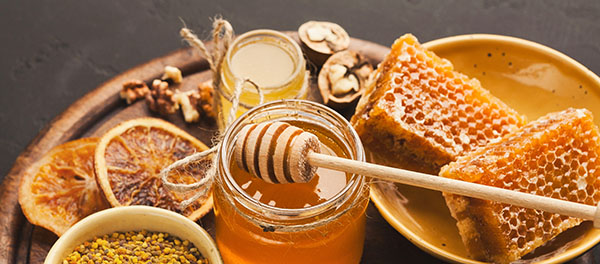
Honey is a naturally available product and the only concentrated sweetener that has been used as a treatment for disease for centuries – even before people became knowledgeable about the causes of infection.
The medicinal importance of honey is documented in the world’s oldest medical literature. It is known for its potent antimicrobial properties.
Inherent characteristics of antibacterial honey
According to studies published in the Saudi Journal of Biological Sciences and the journal Antibiotics, various honey components contribute to the antibacterial efficacy of honey. The following elements are present at different concentrations, depending on the bee type, source of nectar and storage. (Related: Honey and its many benefits to overall health and wellness.)
Sugar content and low water activity
Honey contains a mixture of natural sugars, including fructose, glucose, maltose, sucrose and other minor sugars, such as erlose, rhamnose and trehalose, which make up 80 percent of its composition.
Water is the second largest constituent of honey and could vary from 15 to 20 percent depending on the honey’s botanical origin and level of maturity, as well as its processing and storage conditions.
The high concentration of natural sugars in honey plus its low moisture content cause osmotic stress in microorganisms. Osmotic pressure induces loss of water, which dehydrates cells. This prevents microbes from growing and proliferating.
More recently, it has been demonstrated that osmotic pressure affects the ability of bacteria to form biofilms, which are not just bacterial slime layers but biological systems. Bacteria tend to organize themselves into a coordinated functional community, which enhances their survival.
Hydrogen peroxide activity
Produced enzymatically by honey bees, hydrogen peroxide is considered a true disinfectant and a strong oxidizing agent, providing honey with antibacterial properties.
Although hydrogen peroxide is widely considered to be honey’s primary source of antibacterial activity, there are honey varieties whose main antibacterial mechanisms are non-hydrogen peroxide-dependent.
Non-peroxide antibacterial activity
Recent studies revealed that polyphenols or phenolic compounds – mainly phenolic acids and flavonoids – are responsible for the antimicrobial effects of honey.
Methylglyoxal
The main antibacterial compound in manuka honey has been reported to induce alterations in the structure of bacterial fimbriae (a major factor in bacterial virulence) and flagella (hair-like appendages), limiting the ability of bacteria to adhere to surfaces or move independently.
Bee defensin-1 peptide
An antimicrobial peptide found in bee hemolymph, bee defensin-1 displays activity against Gram-positive and Gram-negative bacteria. Studies suggest that bee defensin-1 acts by creating pores within the bacterial cell membrane, resulting in cell death.
It has recently been demonstrated that defensin-1 also plays an important role in the anti-biofilm activity of honey.
Scientifically proven health benefits of honey
When you start using honey, you can enjoy these health benefits of honey.
Effective against superbugs
A study published in the British Journal of Oral and Maxillofacial Surgery documented cases that show honey, particularly manuka honey, to be potent against a variety of microorganisms, including multi-drug resistant bacteria.
Helps regulate blood sugar levels
Raw honey contains many bioactive compounds and antioxidants, such as flavonoids and phenolic acids, that help neutralize reactive oxygen species (ROS) in your body, which can build up and damage cells. This event contributes to serious conditions, such as Type 2 diabetes. (Related: Honey provides antibiotic benefits and a low glycemic sweetener.)
A study published in the journal Nutrients also found that honey may increase levels of adiponectin, a hormone that reduces inflammation and improves blood sugar regulation.
However, while honey may be one of the best natural alternatives to refined sugar, people, especially those diagnosed with diabetes, should consume it in moderation.
Supports heart health
Raw honey contains bee propolis, a mixture of pollen and beeswax collected by bees from certain plants and trees that is rich in flavonoids.
A study published in the journal Biology reported on propolis’ therapeutic properties, describing its anti-hypertensive effects, as well as its anti-atherosclerotic, anti-hemostatic, anti-inflammatory and antioxidant activities.
Promotes wound healing
Research published in the journal Open Life Sciences reported that honey’s physicochemical properties favor its use as a therapeutic agent to combat microbial infections. In fact, it can be used for disinfection and to promote wound repair and healing.
The health benefits of honey are also associated with its wound-healing effect, anti-inflammatory potency, antioxidant properties and free radical scavenging ability. It is an immunomodulator with the power to enhance the immune system.
Honey is an effective remedy for different types of wounds, including boils, burns, burst abdominal wounds, cervical varicose ulcers, cracked nipples, diabetic ulcers, gastric ulcers, leprosy, malignancy, septic, recurrent canine dermatitis, surgical wounds, trauma and wounds in the abdominal wall.
Relieves respiratory symptoms
Upper respiratory tract infections, which affect the nose, throat, voice box and the large air passages (bronchi) that lead from the windpipe to the lungs, are the most frequent reasons for antibiotic prescriptions.
Honey is better than conventional medicines for easing upper respiratory tract symptoms, especially cough, according to a study published in the journal BMJ Evidence Based Medicine.
Researchers noted that honey has long been used as a natural treatment for respiratory tract infections. It is also cheap, easy to access and don’t cause any side effects. They highly recommended honey as an alternative to commonly prescribed antibiotics.
Watch the following video about Honey is medicine: 4 Scientifically proven perks of using Nature’s sweetener.
This video is from the Natural News channel on Brighteon.com.
More related stories:
Honey: The ultimate survival food that doesn’t expire.
Honey is a natural alternative to harmful cough medicines.
Natural sweeteners: Healthy alternatives to sugar and artificial sweeteners.
Sources include:
Submit a correction >>
Tagged Under:
This article may contain statements that reflect the opinion of the author
RECENT NEWS & ARTICLES
COPYRIGHT © 2017 SUPERFOODS NEWS


